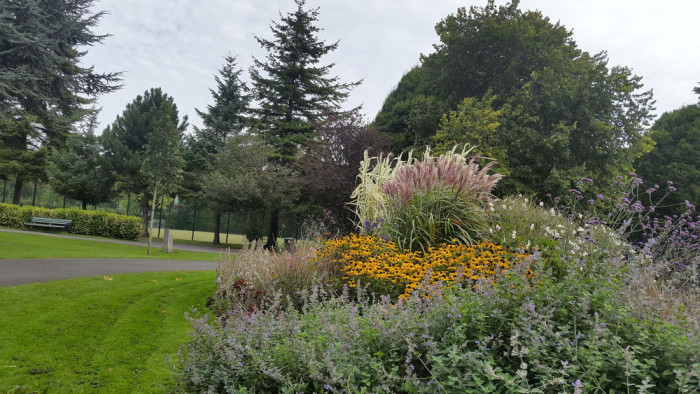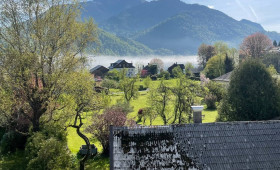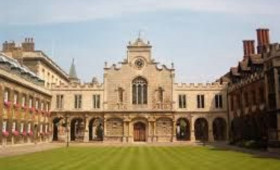Education in Ireland: features and benefits
03.10.174337
THE UNIQUENESS OF THE COUNTRY AND MY IMPRESSION
Ireland is called the emerald country for the dazzling greens of her landscapes. From Cork on the South to Belfast on the North and from Galway on the West to Dublin on the East, your gaze draws by so similar but at the same time unique landscapes.
.
Over there, sunset rays, beyond the turquoise dunes, which lies the vast waters of the Atlantic, illuminate the trunks of the centennial forest.

And again, the road dives down the emerald hills, where lazy sheep are scattered.

And on the top of the next hill, you once again notice intact castles, towers, cathedrals and monasteries.
Stop at wayside Irish pub and experience Irish hospitality when the owner himself will make you a fragrant fish stew with a glass of Guinness and when you ask him how is he doing, thoroughly will share all the local news.

Visit the capital of Ireland Dublin, which is Irish only city-county. Explore the shops and bars of Grafton Street or numerous parks.
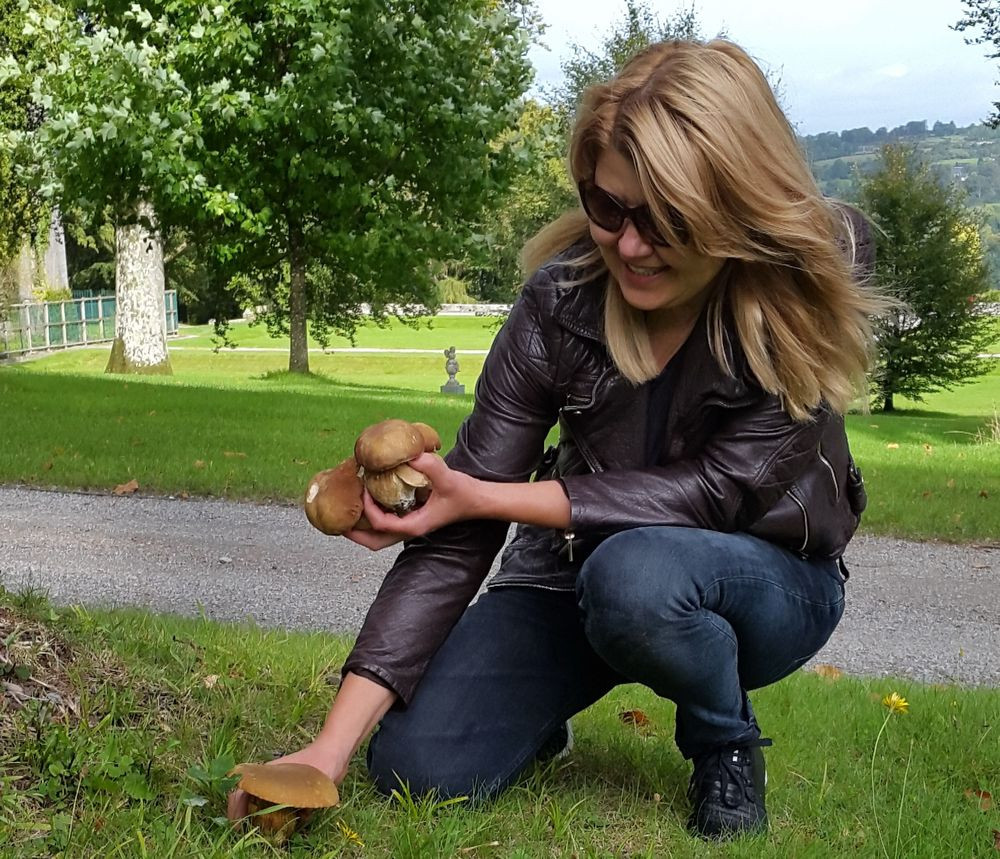
and wide beaches of Dublin which is the best travel point around Ireland.

In this country it is best to travel by car which you can rent at the hotel or airport at very affordable prices. And don't be afraid to drive on the left/ When you try then notice that driving on the left side of the road seems more natural than on the right. Therefore, you should not have any problems how to change the line or turn the car around.
First of all, head West to Cork and Kerry, which attract tourists primarily with Atlantic coast.

I should note that Ireland is so small country, that from any point you get to the ocean in no more than in an hour. In County Cork and Kerry head to the coast, which resembles the Norwegian fjords. I suggest staying for a few days in Inchydoney Island Longe & Spa hotel,

where you will find a heated swimming pool with ocean views, excellent Spa treatments, delicious seafood, fragrant croissants for breakfast, surfing and walks in the dunes along the beach.

On the road from Dublin to Cork I advise you to visit Glendalough monastery which is from Irish "Valley between two lakes".
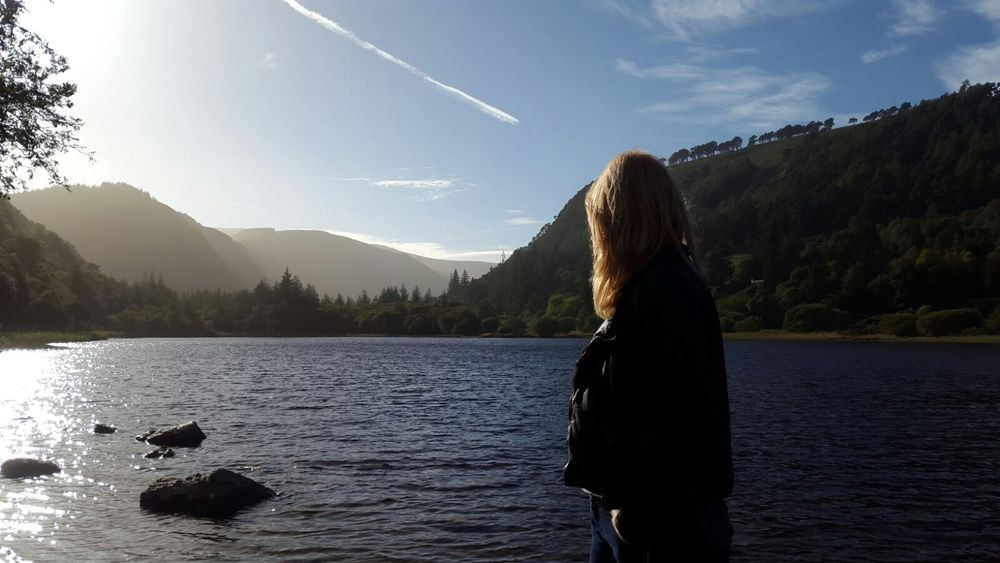
Here, virgin nature meets history: for example, this cross dates back to the ninth century. The monastery has old cemetery in the middle of which stands a 30-meter tower and St. Kevin’s Church, who led monks into the valley back in the 6th century and founded a monastery there.

The lake is sandwiched by hills on top of which the rows of bizarre trees grow, they seem more like a line descending from the hill of elephants. From one lake to another, we can walk for 30-40 minutes, although if you go on a circular route, we will go for a walk all day.

If you have time, then without a doubt go to Northern Ireland. Despite the fact that Northern Ireland belongs to the United Kingdom there are no official boarders here. If you go on the motorway linking Dublin with Belfast, the fact that you moved to another country would be only noticed because your phone will switch to roaming. On the road visit Carlingford in front of the border in where they grow the best in Ireland oysters.

In the heart of Belfast there is nothing special to do, except that if you came here in the first week of July, when the capital of Northern Ireland has traditionally launched a large sailing regatta Tall Ship Festival. This sailing race in Belfast attracts around half a million tourists, a sight worthy of a visit. You just need have to take care of your accommodation much in advance or live at a great distance from the regatta.

The most attractive sights of Northern Ireland are Giants Causeway on the North coast and sites of filming Game of Thrones.


An UNESCO monument Bridge of Giants is a natural formation of basalt columns that appeared on the coast after the eruption of the volcano. Just ten kilometers to the West of it there is another very visited place – Carrick-a-Reed suspension bridge thrown over gulf, connecting the land with a small island.

Was built by the fishermen who were watching flocs of salmon from the bridge. If you are here, be sure to visit whiskery Bush-mills where you can test the best single-malt whiskies of different ages.
THE CLIMATE OF IRELAND: RAIN 365 DAYS A YEAR IS A MYTH!
In Ireland, there are four seasons. As the length of the country from West to East is only 300 km, the air masses of the Atlantic Ocean bring warm and moist air even in winter. Many people think that rains in Ireland are every day. I often visit this country and when staying there on average I see the rain twice per week. The rain is intermittent, as the wind quickly carries the clouds over such a small country and then again, it is Sunny.

The average July temperature is 18-20 degrees, January 6-9 degrees of Celsius. The winter is very damp, so you would need a warm waterproof jacket. Above zero temperature allows to grow tropical plants in Ireland, especially in the lowlands, which are covered on all sides by mountains.
In Ireland there is a good environment as there has never been heavy industry and hazardous waste, the maximum pollution is a waste of agriculture.
ENGLISH IN IRELAND IS VERY PURE
There are two official languages in Ireland – Irish and English. I must say that the whole population considers English as a first language. For centuries Ireland was under the rule of Britain and English was planted here as the first language. Well before country’s independence by early 20th century Irish language was completely supplanted by English. The Irish government began to take measures for the restoration of Irish language. But only in 2005 serious steps were taken: some radio and TV stations began broadcasting in Irish, the Irish language became compulsory in all schools. Despite all this, the language is still dead and the people of Ireland prefer English.. If after Brexit UK leaves the EU, Ireland remains the only English-speaking country in Europe that will attract more students to study from European countries and world in general.
AFFORDABLE SCHOOL FEES IN IRELAND
Despite the economic recovery of Ireland, which began in 90-e years of the last century, Irish education has not entered the international market. Schools and higher educational institutions accept students from abroad, especially from EU countries, but the percentage of foreign students remains very low. The government is fully funding all schools, except private ones. Until 2012 government paid the salaries of school teachers, even those who worked in private schools. All this allowed developing the school infrastructure and leaving a very low cost of studying in private schools. In 2012 Irish government imposed a ban on the payment of private schools teachers’ salary from the budget, stating that if the school gets any money for tuition it has to cover the salaries of teachers. For many schools it became not affordable and more than half of private schools became public. The schools are allowed to collect some fees, such as for accommodation and meals in school, extra clubs, but the main cost of tuition is free for residents of Ireland and the European Union. That is why in Ireland there are boarding schools which were formerly private but now became public. It’s very cheap to study in them but they only accept foreign students fro European Union. With all this, the handful of schools that remained in the rank of private, they can't much increase the cost because first of all they are also aimed at local students and needs to be financially competitive in the market.
EXCELLENT EMPLOYMENT PROSPECTS IN IRELAND
All students who graduated from Irish universities receive permission to remain in the country to find work for 2 years. In this case, if a former student has started to work and only lived in Ireland for 3 years, including both studying and work, he can apply for permanent residence and, further, for the Irish passport. The most attractive specialties for foreign students are in the field of IT, medicine, tourism, Finance, as in all these industries remains a lack of qualified staff and easy to find employment. In addition, it is necessary to mention that in order to attract large international businesses the government significantly reduced the taxes. An income tax for companies remains among the lowest in Europe (only 10%) which continues to attract investment and develop the economy.
SECONDARY SCHOOLS IN IRELAND – MY GENERAL IMPRESSIONS
Private schools in Ireland, which accept students from outside the EU, can be counted on the fingers. The majority of them are day schools, they accept foreign students and can arrange homestay. All foreign students require Guardian who has to be Irish citizen and represent interests of the child in case of an emergency. As there are only a few foreign students in day schools the school can’t afford to have an employee who works with families, as there is not enough budget for content of the employee. Therefore, for admission to private day school families need to use the service of a local Irish agent who organizes guardianship and works with a network of host families in the school district. The school knows which agent works better and usually recommends 1-2 agents to organize these services. The infrastructure of private schools, both day and boarding, is at a very high level. If the school is not located in the center of Dublin, a school campus is not inferior to the best schools in Great Britain. Few boarding schools that remain in Ireland have wonderful new dorms and they are quite comfortable. In Ireland, there are more single-sex schools then co-educational. If you are ready to send the child to the “all-girls” or “all-boys” school it would be much easier to find a place.
Overall, I have a very good impression on secondary schools in Ireland, most of them with a positive atmosphere, where all children are very motivated and want to be busy. After visiting many schools in Ireland, I can recommend a school for the needs of any potential student.

